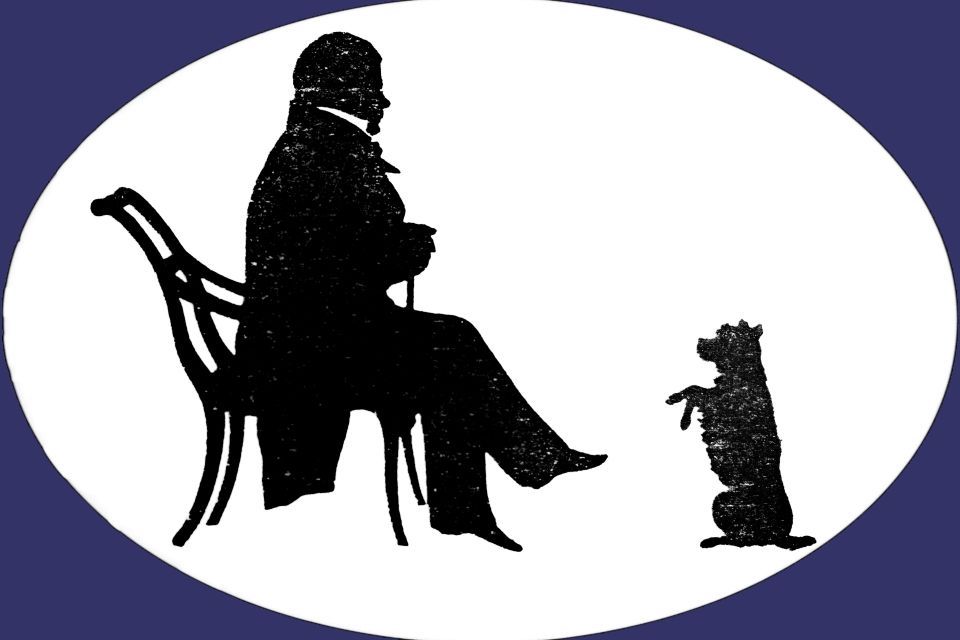”Thou with pencil, I with pen”: James Skene’s Artistic Collaboration with Sir Walter Scott
Thursday 31st October 2024
Summary of the Talk:
Dr Paul Barnaby explored the close personal and professional relationship between Sir Walter Scott and James Skene of Rubislaw, an amateur artist, antiquarian, and long-time friend of Scott. Their collaboration is vividly evidenced in a rediscovered album of around 420 sketches by Skene, now held by the University of Edinburgh.
Key Themes:
- Early Life and Background:
Skene was born in 1775 near Aberdeen. After his elder brother’s death, he inherited the family estate and was sent to study in Germany, where he honed his artistic talents rather than follow the intended academic path. On returning to Scotland, he entered law but did not practice significantly, relying on his private means. - Formation of the Friendship:
The two men met in the early 1790s through a shared interest in German literature, particularly the proto-Romantic writers. Their friendship deepened in 1797 while serving together in the Edinburgh Light Horse regiment. Skene later recalled moments of Scott composing The Lay of the Last Minstrel on horseback during military exercises. - Sketching Collaborations:
Skene’s drawings provided Scott with visual prompts for his novels. Early sketching excursions together influenced works like Old Mortality and Guy Mannering. Even as Scott’s health declined, he continued to send Skene on solo trips to record locations for his fiction. - Influence on Scott’s Works:
Many of Skene’s sketches were directly used to support Scott’s literary imagination, serving as visual aids that inspired settings and moods in his novels. Skene was also involved in the design of Abbotsford, acting as a “Committee of Taste” member. - The Rediscovered Album:
The newly acquired sketch album (2021) includes many of these images—some original, others revised for publication. It provides valuable insight into their creative relationship and how Scott used these visual sources for literary composition. - Published Works and Decline of Collaboration:
Skene eventually published Sketches of the Localities of the Waverley Novels (1829–31), though his failing eyesight and modesty curtailed plans for a second volume. Scott had tried to involve him in several joint publishing projects, but Skene, uncomfortable with commercial endeavours, declined most. - Later Life and Travels:
In 1838, Skene moved to Greece to join his son. He spent eight years there, sketching extensively and leaving behind over 500 images, many of which are preserved in Athens. He died in 1864 and was buried in Edinburgh beside his wife.
Interesting Points Worth Highlighting:
- A Gentleman Artist with No Commercial Aspirations:
Skene refused to profit from his art, believing it improper for a gentleman. His reticence to publish or exhibit widely makes the rediscovered album a rare and significant find. - The Grey Mare’s Tail Sketches:
Although difficult to reproduce digitally, Skene's early drawings of the Grey Mare’s Tail—tied to the inspiration for Old Mortality—are among the earliest records of his collaborative work with Scott. - Scott’s Emotional Request:
In failing health, Scott asked Skene to draw the view of his future grave at Dryburgh Abbey. That sketch, possibly in the album, speaks to the depth of their friendship. - Posthumous Influence:
Some of Skene’s later sketches may have influenced J.M.W. Turner’s illustrations for Scott’s Poetical Works. Though Turner rarely copied Skene directly, the drawings might have inspired his choice of subjects. - Scott’s Quiet Doubts:
Despite their friendship, Scott may have doubted Skene’s ability to deliver polished professional illustrations. He later turned to other artists, hinting at the tension between amateurism and the growing professionalisation of illustration in the 19th century. - Digital Access:
The entire rediscovered sketchbook has been digitised and is available via the University of Edinburgh’s image collections website.
Dr Paul Barnaby, is Modern Literary Collections Curator at the University of Edinburgh. He has written and spoken extensively on a wide range of literature cultures, especially Scottish, including ‘The Young Person’s Sir Walter: Scott and the Nineteenth-Century Child Reader’ and speaking to the recent International Walter Scott Conference. He has also addressed the Club before in 2010 on ‘A Mighty Treasure: The Corson Collection’.
He is however best known for his work on the invaluable [The Walter Scott Digital Archive], the main online source of information on the life and work of Scott. Designed around Edinburgh University Library’s Corson Collection, the Archive has a wealth of details on his life, work and subsequent research and criticism, and is extensively illustrated.”
Recently published – ‘Sir Walter Scott in Translation: Auguste-Jean-Baptiste Defauconpret and the French Ivanhoe’, in Translation Classics in Context


